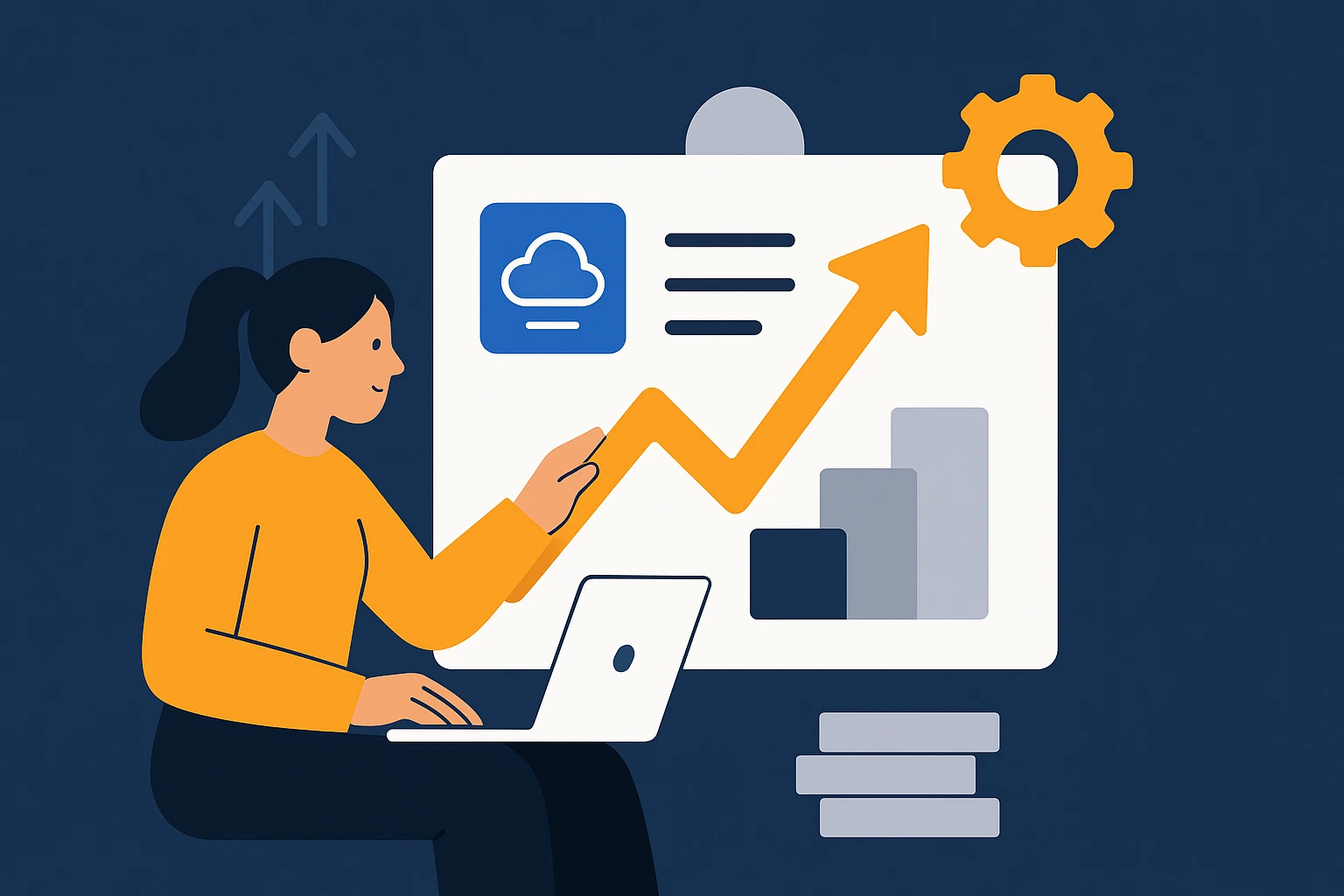In the fast-paced world of software as a service (SaaS), building a product that meets initial market needs is just the beginning. As competition intensifies and user expectations evolve, continuous improvement becomes crucial for maintaining relevance and driving growth. This blog post delves into effective strategies for future-proofing your SaaS product through ongoing optimization and user-centric enhancements.
The key to a successful SaaS product lies not only in its launch but also in its ability to adapt and evolve. This requires a commitment to understanding user feedback, leveraging analytics, and embracing agile methodologies. By focusing on continuous improvement, organizations can ensure that their product remains competitive and responsive to changing market dynamics.
Understanding the Importance of Continuous Improvement

The Competitive Landscape
In the B2B SaaS market, companies face pressure to innovate and deliver value consistently. Businesses that prioritize continuous improvement are better equipped to respond to competitors and market shifts. For instance, features that once differentiated your product may quickly become standard; thus, staying ahead requires a proactive approach to enhancement.
The Role of User Feedback
User feedback is invaluable for identifying areas for improvement. Establishing channels for regular communication with users, such as surveys, interviews, and usability tests, can provide insights into their experiences and pain points. For example, a SaaS company that utilized regular feedback loops was able to identify a common request for enhanced reporting features, resulting in a significant increase in user satisfaction and retention.
Strategies for Continuous Product Optimization

Implementing Agile Methodologies
Agile development practices enable teams to iterate quickly on features and improvements. By adopting sprints, teams can focus on specific enhancements and release them in shorter cycles. This approach not only accelerates development but also allows for rapid response to user feedback and market changes.
Leveraging Data Analytics
Data-driven decision-making is a cornerstone of continuous improvement. By integrating analytics tools, SaaS companies can track user behavior and product performance. Key performance indicators (KPIs) such as churn rate, daily active users, and feature usage can inform which areas require attention. For example, if analytics reveal a steep drop-off in user engagement after a new feature release, it may indicate the need for further refinement or additional onboarding support.
Prioritizing User Experience (UX)
An exceptional user experience can set a product apart in a crowded marketplace. Continuous UX testing and optimization should be a priority. This could involve A/B testing different designs or workflows to determine which version resonates most with users. A case in point is a fintech SaaS that regularly conducts usability tests, leading to a 30% increase in user engagement after implementing changes based on test results.
Case Study: CoreLine’s Approach to Continuous Improvement
At CoreLine, we implemented a continuous improvement strategy for a B2B SaaS client in the logistics sector. By conducting user interviews and analyzing behavioral data, we identified key areas for enhancement in their user dashboard. Implementing a series of iterative updates led to a 40% increase in user satisfaction scores and a 25% decrease in support tickets related to dashboard navigation.
Conclusion
Future-proofing your SaaS product through continuous improvement is not just a best practice; it’s a necessity for success. By embracing agile methodologies, leveraging data analytics, and prioritizing user experience, businesses can adapt to changing market conditions and exceed user expectations.
Ready to enhance your SaaS product’s performance? Contact CoreLine today to explore our product consulting services and discover how we can help you implement effective strategies for continuous improvement.



